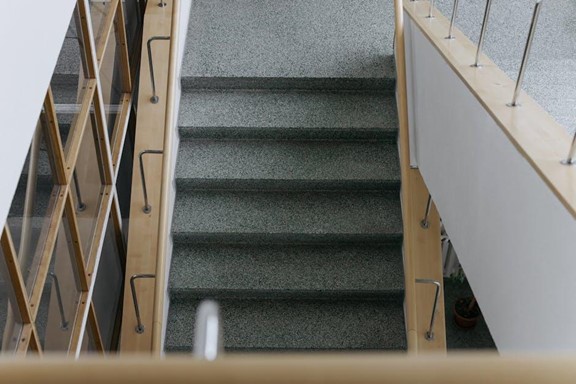The First Step in Urban Regeneration: Controlled Structural Removal

Urban transformation doesn’t start with fresh paint or shiny new benches. No, before the well-heeled planners begin sketching their utopian visions, something older must give way. Tired structures – sometimes beloved, usually neglected – stand in the path of progress. Yet there’s logic to this sequence, even a kind of paradoxical respect for what came before. Ask any city council veteran: momentum is everything, and momentum needs clear ground. City after city has learnt that demolition isn’t destruction for its own sake. It’s preparation—the necessary groundwork for genuine renewal. That first step? It can’t be skipped if lasting change is on the agenda.
A Calculated Beginning
Look at the evidence from Cheshire demolition projects—the pattern repeats itself with grim precision. Unused factories, outdated malls, and brittle old terraces – they all go first. But it’s not chaotic blitzing or some reckless urge to erase history. It’s a science: mapping structural integrity, noting hazardous materials, planning routes for safe removal and recycling. Why bother with such a fuss? Because every tonne of concrete carted away opens space for public gardens or much-needed homes. Those who dismiss careful dismantling as overcautious miss the point entirely: haste leads to headaches later. Effective urban regeneration requires a methodical and controlled approach from the outset.
Balancing Memories and Modernity
There’s an uncomfortable truth lurking here—nostalgia is stubborn stuff. Some communities fight tooth and nail to keep every brick exactly where it is, as though time itself could be frozen in mortar. Sentiment can prove costly; unsafe buildings left standing hinder progress and pose a safety risk. So decisions must land somewhere between reverence and realism: keep facades where possible, yes, but don’t let emotions override common sense or good planning practice. Successful schemes manage this tension gracefully by integrating fragments of the past into spaces designed for how people live today, rather than how their grandparents once did.
Economic Drivers Behind Removal
One thing rarely gets mentioned amidst all the architectural talk: money changes everything. Land costs soar when deadweight structures occupy prime sites, doing nothing but attracting pigeons and graffiti artists. Remove those obstacles thoughtfully, and suddenly property developers see opportunity instead of expense—a critical difference in whether they’ll invest or move elsewhere entirely. Further along, local jobs surge when construction gets underway; new shops open up; tax revenue flows back into stretched public coffers without anyone feeling squeezed by yet another levy hike on businesses or residents already feeling the pinch.
Impact on Businesses Within the EU
For businesses across the EU, controlled structural removal unlocks land for investment. By clearing obsolete buildings safely and methodically, cities reduce planning uncertainty and make redevelopment faster and more predictable – an attractive prospect for developers and investors. This approach also ensures compliance with EU waste and recycling regulations, lowering environmental liabilities. Improved urban spaces can boost retail footfall, attract new businesses, and increase property values. The demolition industry also generates jobs while enabling modern offices, logistics hubs, and sustainable housing that support economic growth.
Environmental Considerations
Forget notions of bulldozers flattening entire neighbourhoods overnight. That belongs to another era (one not fondly remembered). Today’s approach favours selective salvage: bricks are painstakingly cleaned for reuse, steel beams are earmarked for future infrastructure upgrades rather than landfill burial, and timber is reincarnated as playground equipment instead of rotting unseen underground. Strict regulations now steer these processes—hard-won lessons after decades of wastefulness have made clear just how much can be salvaged rather than scrapped in one fell swoop.
Conclusion
Cities don’t regenerate themselves while officials debate the theory behind closed doors—it starts with pragmatic action on real streets, with real consequences for daily life right now. Do so with due diligence rather than drama if the goal is lasting benefit, rather than just headlines announcing “regeneration” that never becomes reality. In short: remove wisely, plan clearly—then build something worth inheriting tomorrow.



